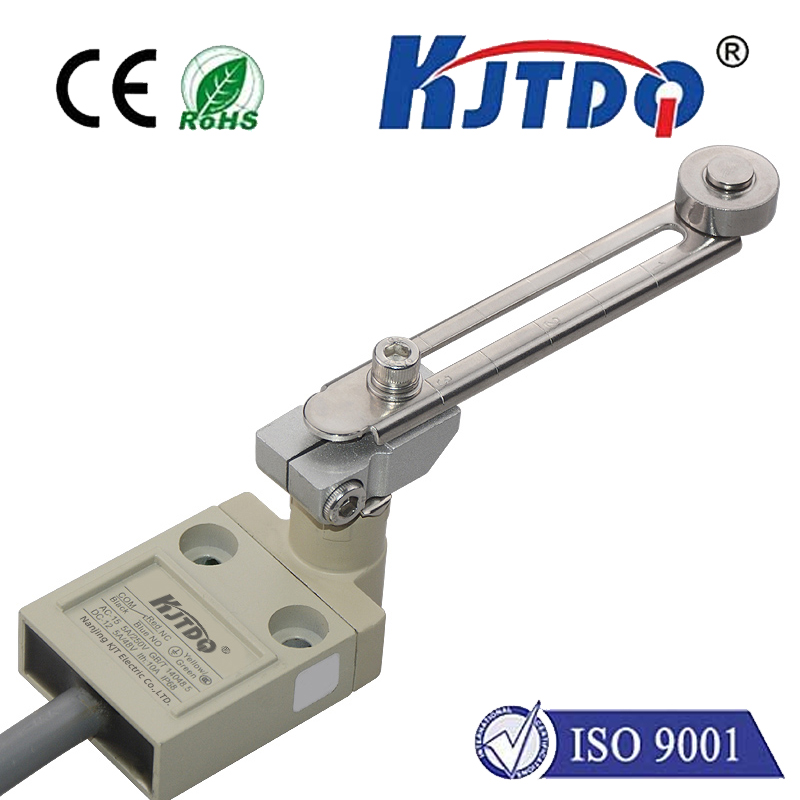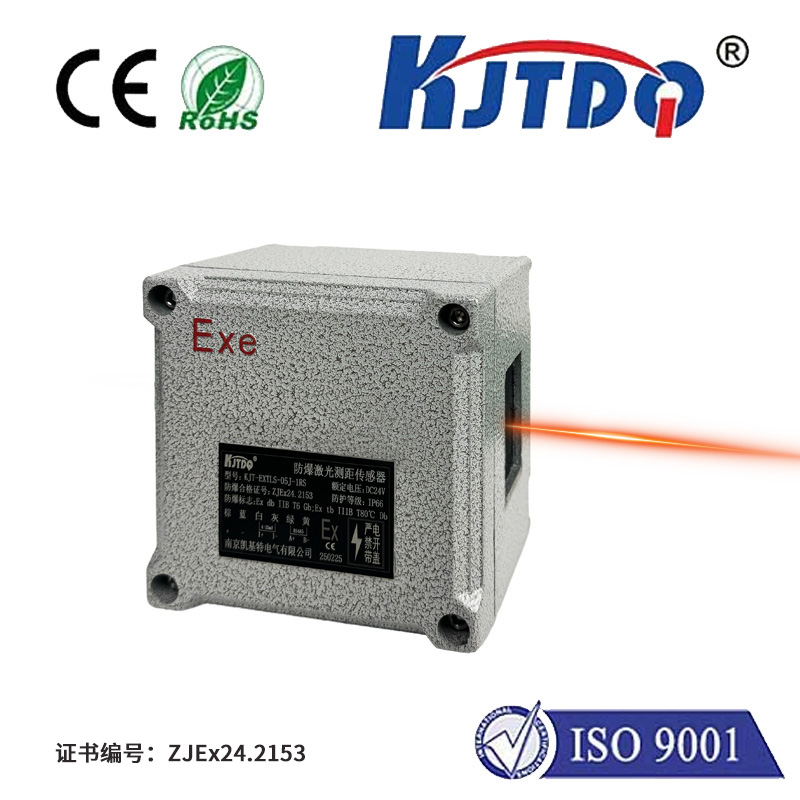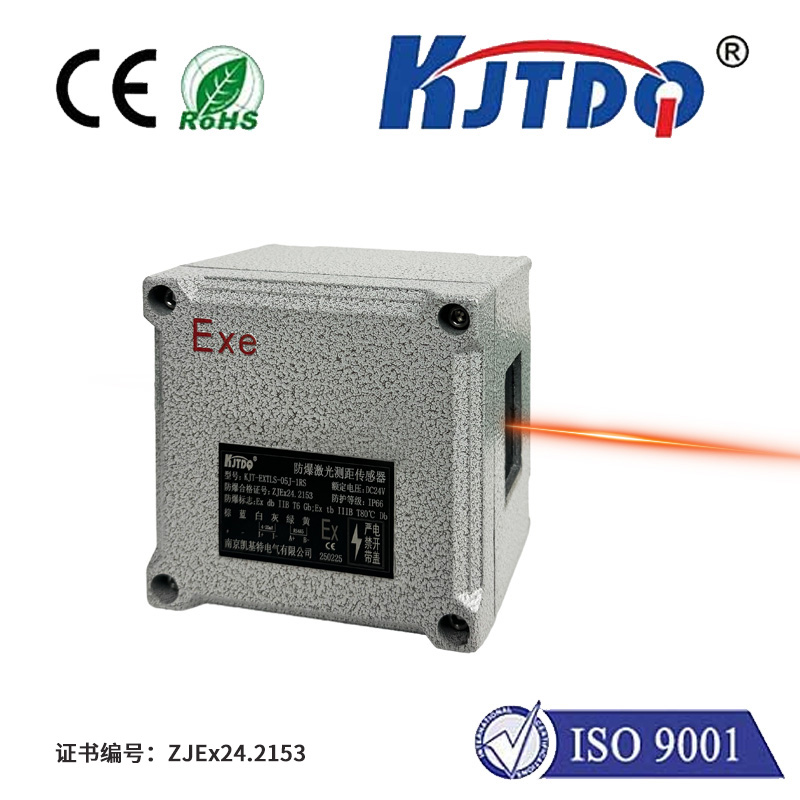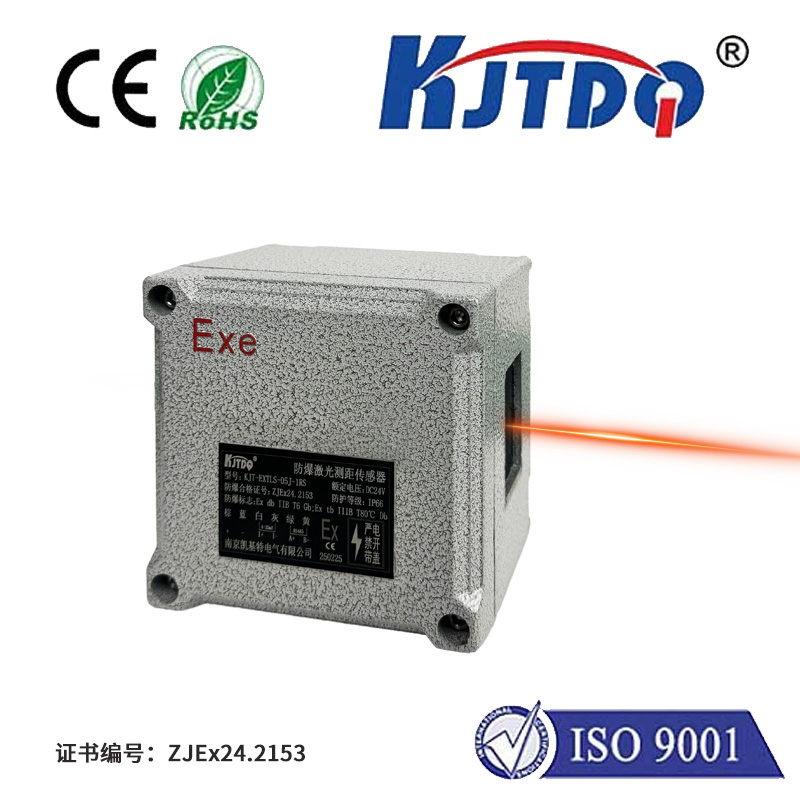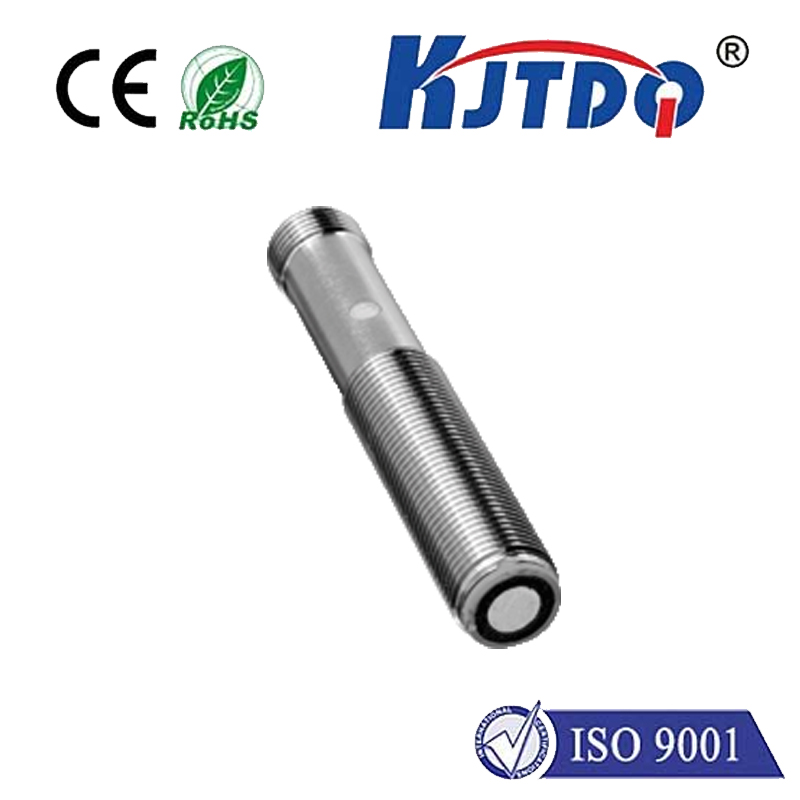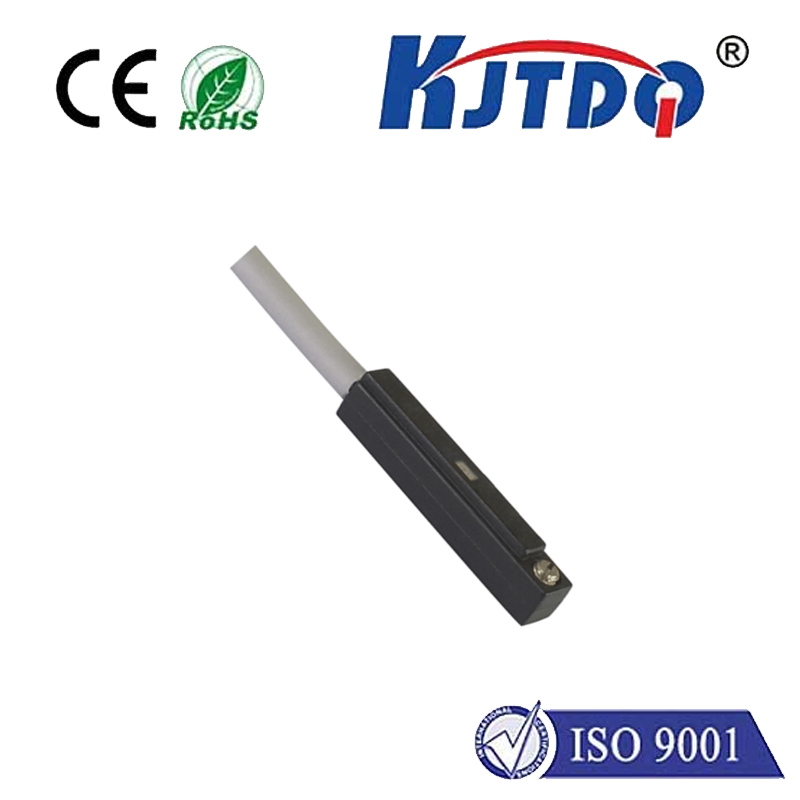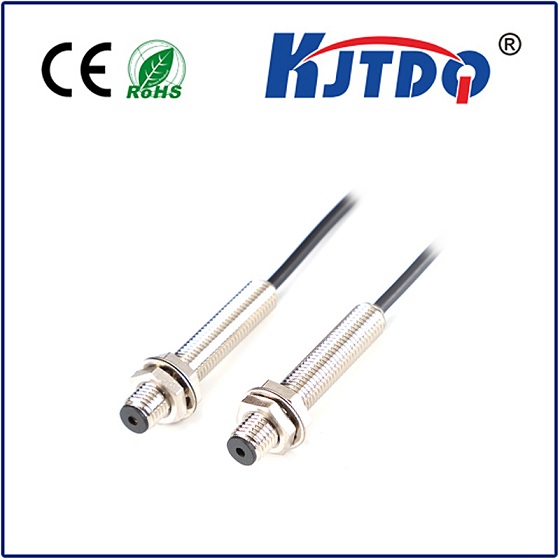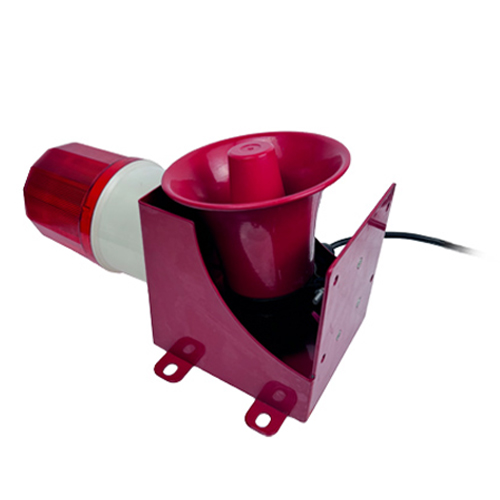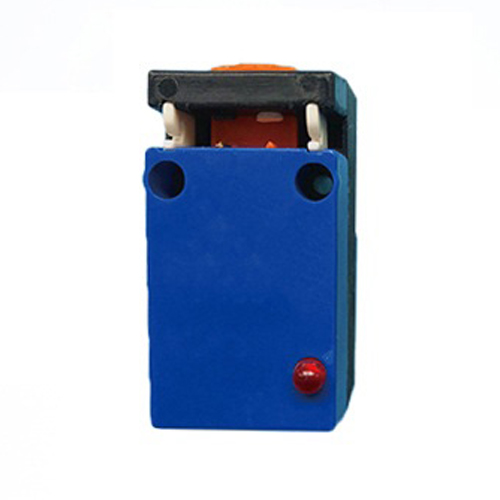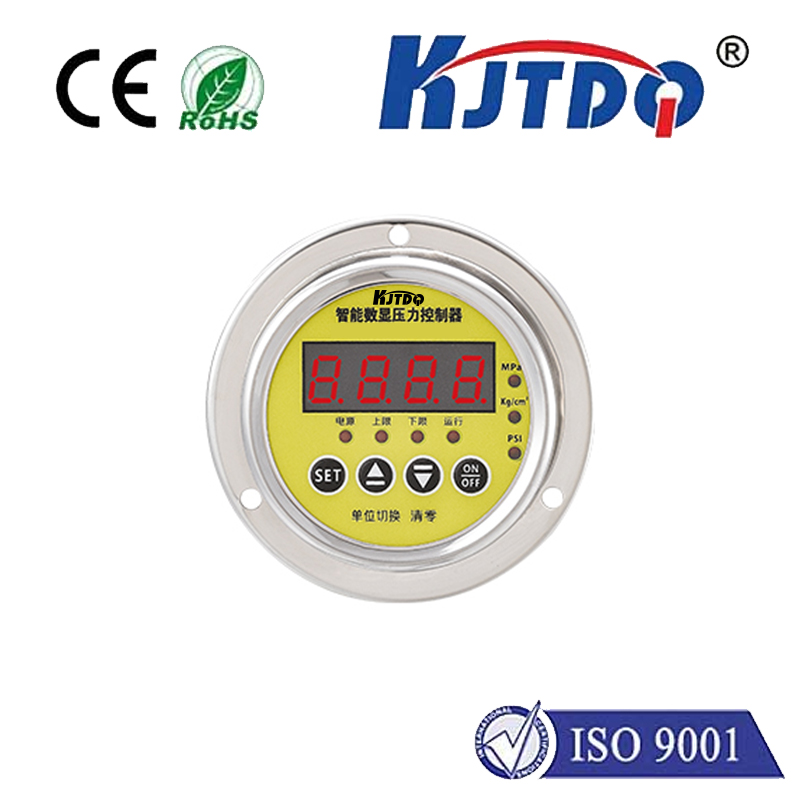

check

check

check

check

check

check

check

check

check

check
Title: The Importance of Resettable Limit Switches in Industrial Automation
In industrial automation, the use of limit switches is essential to ensure the safety and efficiency of machines. One type of limit switch that has gained popularity in recent years is the resettable limit switch. This innovative component offers several benefits over traditional limit switches, making it an indispensable part of modern automation systems.
Introduction to Resettable Limit Switches
A resettable limit switch is a type of mechanical switch that is designed to detect the opening or closing of a circuit. It operates on a simple principle: when a mechanism (such as a lever or button) is pushed or released, it moves a magnetic piece within the switch, causing contact between two circuits. When the mechanism is no longer in place, the switch opens, allowing electricity to flow freely between the two circuits.
The primary advantage of a resettable limit switch is its ability to be easily reprogrammed to control different functions within an automated system. Unlike traditional limit switches, which are typically preset to a specific position or function, resettable limits can be adjusted at any time to adapt to changing conditions or requirements.
Features of Resettable Limit Switches
There are several key features that set resettable limit switches apart from their conventional counterparts:
1. Repositionability: Resettable limits can be moved to different positions within a machine, allowing for precise and flexible control of various processes.
2. Easy resetting: Once a resettable limit switch has been programmed to perform a specific function, it can be quickly and easily reprogrammed to control a new task without disassembling the entire system.
3. High reliability: Due to the absence of mechanical parts that can wear out or fail over time, resettable limits are generally more durable and reliable than traditional limit switches.
4. Cost-effectiveness: Since resettable limits do not require frequent replacement or repair, they can help reduce maintenance costs and improve overall system efficiency.
Applications of Resettable Limit Switches in Industrial Automation
Resettable limit switches have numerous applications in industrial automation, including:
1. Safety controls: In hazardous environments where accidental startup or shutdown of machinery could result in injury or damage, resettable limits can be used to monitor machine operation and prevent unintentional activation.
2. Position control: Resettable limits can be used to precisely control the position of robots or other machines within a manufacturing process, ensuring consistent quality and efficiency.
3. Speed control: By adjusting the position of resettable limits based on desired speed settings, it may be possible to optimize energy consumption and minimize friction within mechanical systems.
Conclusion
As industries continue to adopt advanced technologies like artificial intelligence and machine learning, the role ofresettable limit switches will only become more important. These versatile components offer a range of benefits that make them indispensable tools for controlling complex industrial processes safely and efficiently. With their ability to be easily repositioned, easily reprogrammed, and highly reliable, resettable limits are well-suited for meeting the evolving needs of modern manufacturing and automation systems.
